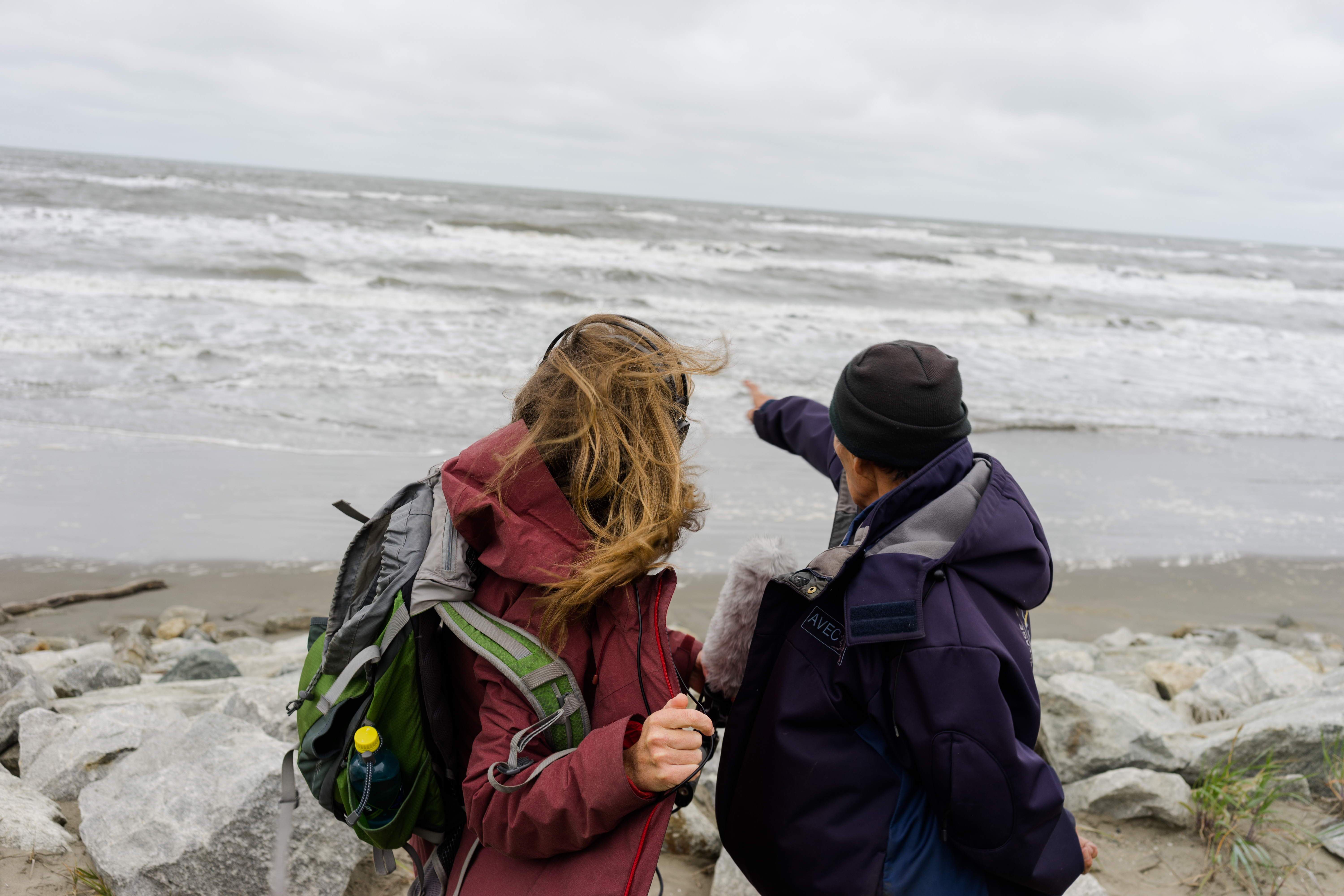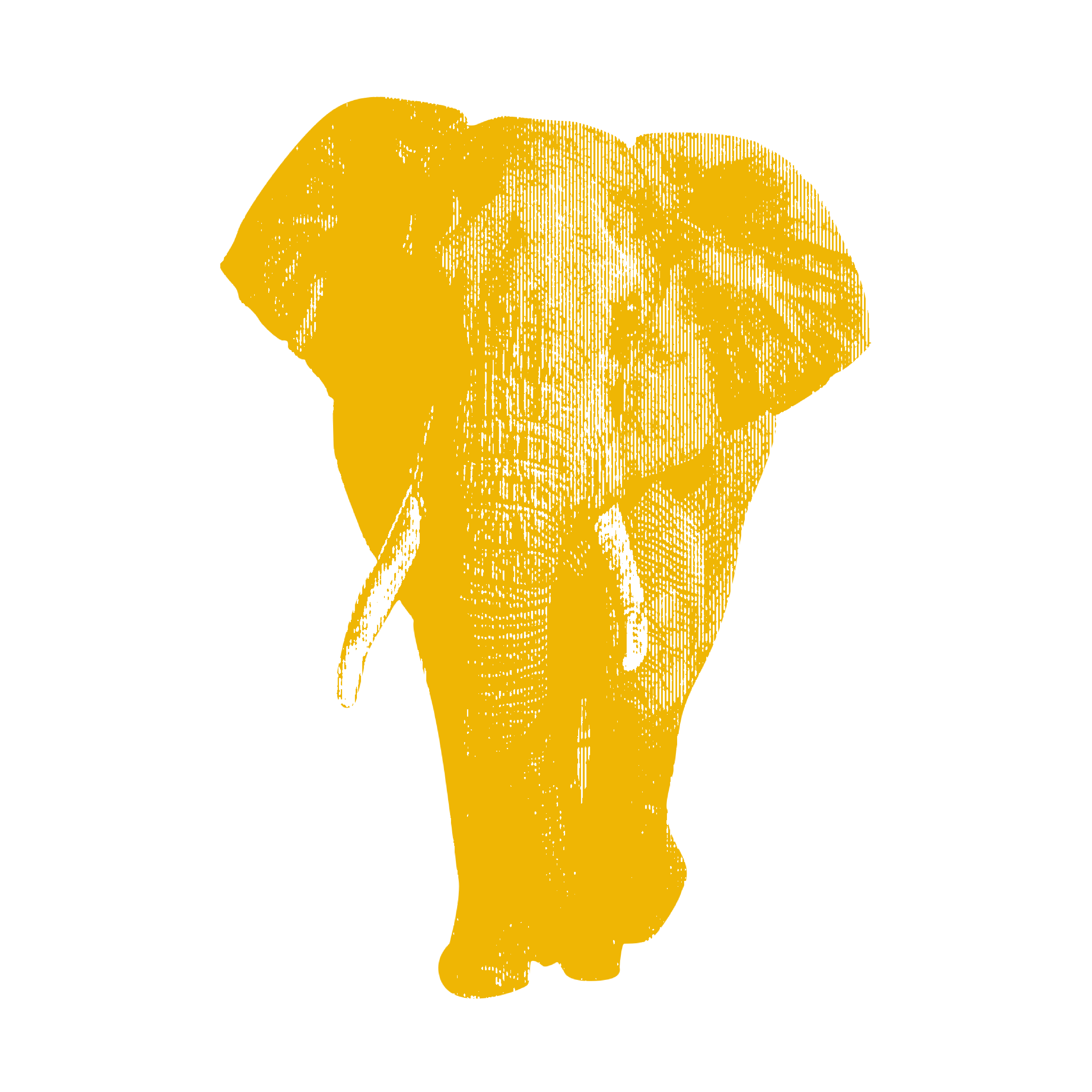
From the Arctic to the Amazon, communities are facing tremendous shifts in their ways of life. The people of Shishmaref, Alaska, risk becoming some of the first climate change refugees in the U.S. The Amazon Rainforest, often called the lungs of the planet, is a threatened crucial hedge against runaway climate change. A native community in Borneo is struggling to protect its ancestral homeland from an industry posed to destroy one of the Earth's oldest and most biodiverse rainforests. From stunning aerial photography from around the world we see the damage already done by climate change, underscoring what is at stake.
Join us on Monday, March 18, 2019, for the Pulitzer Center session, in partnership with the Environmental Film Festival in the Nation's Capital, that sheds light on the past and present to consider solutions for our future.
Invited speakers for the post-screening conversation include radio journalist Amy Martin, filmmakers Sam Eaton and Kent Wagner, and photographer George Steinmetz, one-time National Geographic Adventurer of the Year, in addition to Frances Seymour, distinguished senior fellow at the World Resources Institute. Pulitzer Center Executive Director Jon Sawyer moderates.
This year's session marks the 10th straight year of a Pulitzer Center-EFF program.
Films include:
Amazon Forest Guardians Fight to Prevent Catastrophic Tipping Point - Sam Eaton
Indigenous groups in the Brazilian Amazon are locked in a battle to protect their forest from landgrabbers, illegal loggers and a political class determined to open the rainforest to agriculture and mining. It's a bloody conflict with global stakes. Scientists warn that rising deforestation has pushed the world's largest remaining tropical forest dangerously close to a tipping point that, once crossed, would send global warming into hyperdrive. The forest is flipping from a powerful "carbon sink" to a net source of carbon in the atmosphere. Recognizing the property and legal rights of the indigenous peoples who live there is the fastest way to reverse that trend, but as incentives to clear land and grow food for the global market increase, it's also one of the most threatened.
Borneo's Vanishing Tribes - Kent Wagner
In the forests of Borneo, a native community struggles to protect its ancestral homeland from an industry poised to destroy one of the Earth's oldest and most biodiverse rainforests. Borneo's Vanishing Tribes offers a glimpse into the lives of those who are most at risk, the Dayak "people of the forest," who have relied on the rainforests of Borneo for thousands of years.
Cold Comfort: Arctic Communities - Amy Martin and Nick Mott
Shishmaref, Alaska is a town of 600 people, located on a small barrier island off the northwest coast of Alaska. This island is going through an erosion process put on steroids by climate change. Loss of sea ice and permafrost thaw mean the coastline is being worn away, bringing the cold Arctic water closer and closer each year, circling this village in an ever-tighter noose. When a major storm hit Shishmaref in 2005, the town became a poster child for climate change in the Arctic. Dramatic pictures of houses falling into the sea showed up in news outlets around the world. But climate change isn't the only threat this community is facing – to truly understand why Shishmaref is at risk, you have to start way before that storm.
Losing Earth: From the Air - George Steinmetz
The decade from 1979 to 1989 was a critical one for climate action. By mid-decade, the scientific community understood with unprecedented clarity that human activity was contributing to a rapid derangement of the natural world, one that would threaten economic and societal collapse if left unchecked. But efforts to marshal the political will and industry support to change course failed. Stunning aerial photography by George Steinmetz, taken over the past year, reveals some of the damage already done, while underscoring what remains at stake. Steinmetz combined his work with extensive reporting by Nathaniel Rich supported by the Pulitzer Center that took up an entire edition of the New York Times Magazine in August 2018.
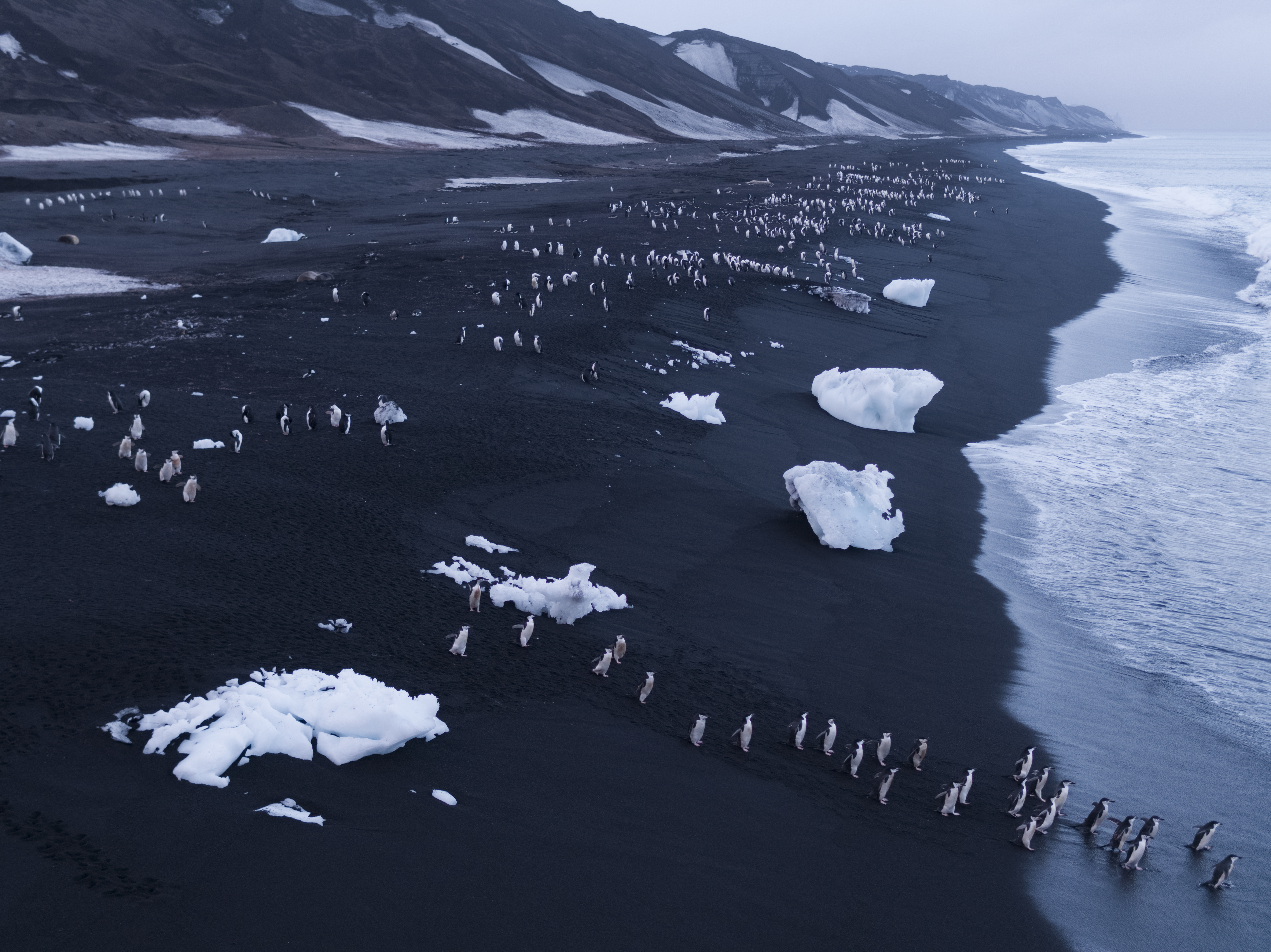
Project
Losing Earth
Thirty years ago, we could have saved the planet. The world was ready to act. But we failed to do...
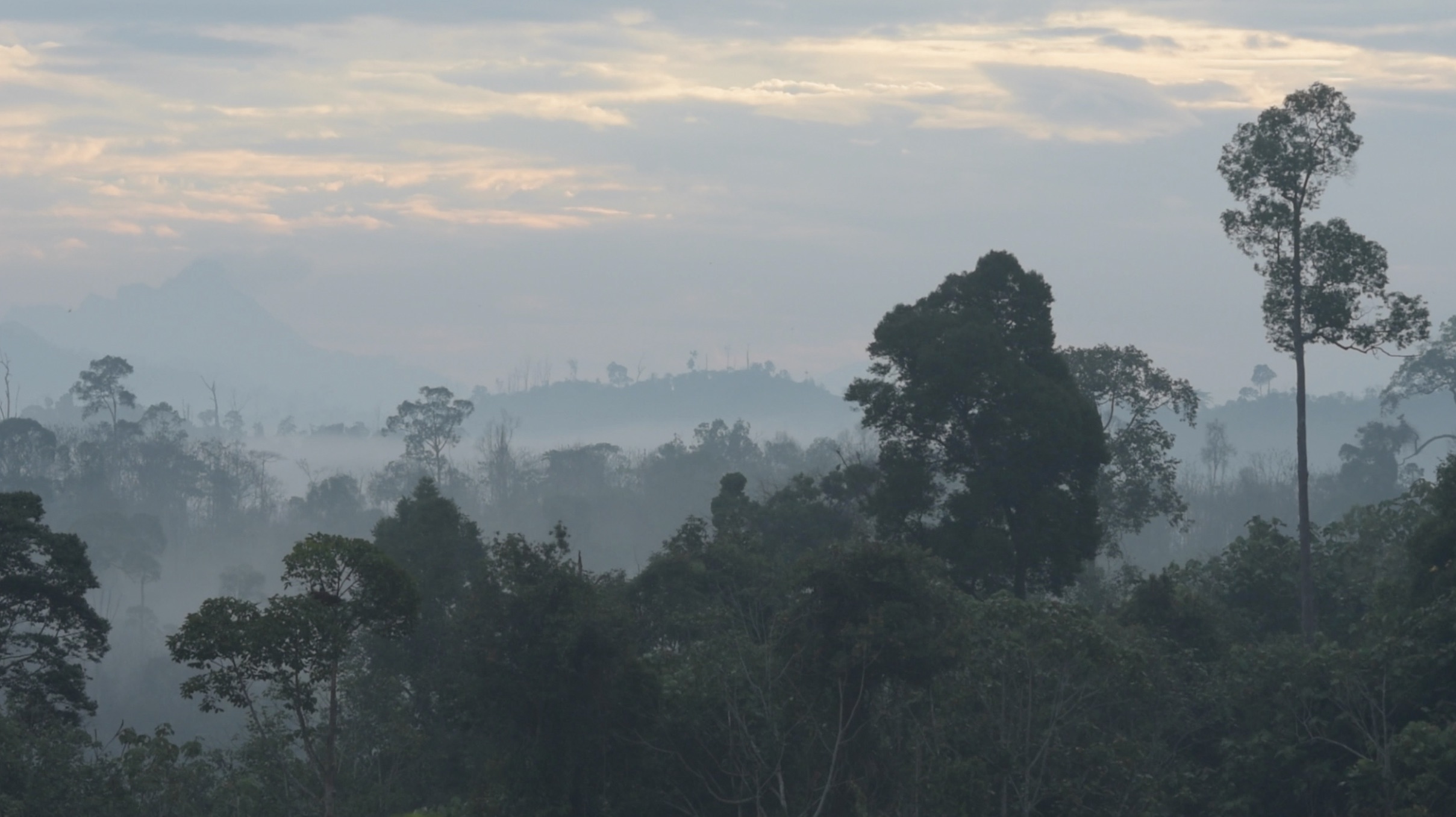
Borneo's ecological devastation involves logging, mining, palm oil cultivation, habitat loss, and...
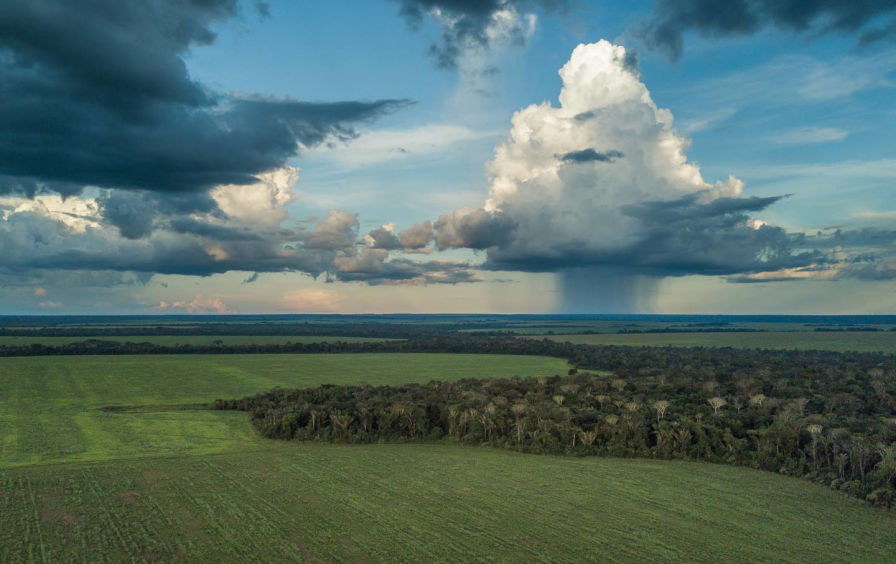
Tropical forests are tipping from carbon sink to source, threatening a crucial hedge against runaway...






